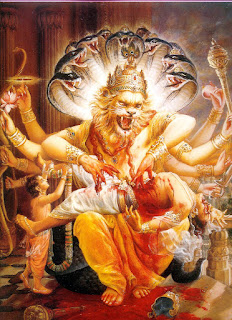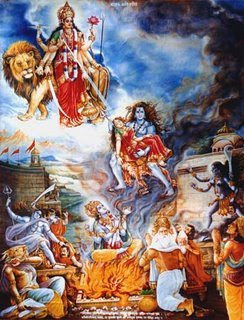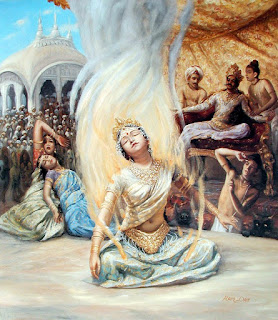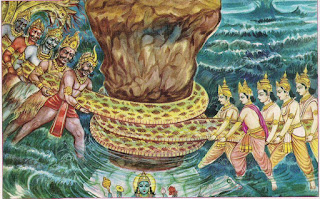Reading Notes: Ten Incarnations of Vishnu, Part B

Vamana Brought sense to King Bali (Balichakravarthi) Asked Bali for three steps of land; managed to get the entire universe in that land Dwarf Brahmin incarnation of Vishnu Parashurama Killed all the corrupt peoples Rather violent incarnation Rama Read an entire epic on him, wrote several stories on him Krishna Story is depicted in the Bhagavatham, but his story is sort of depicted in Mahabharatha, as well Is one of the most worshipped incarnations Killed Kamsa, was behind the enlightenment of Arjuna, brought dharma to the Earth Buddha Contested ninth avatar of Vishnu; some dispute Buddha the ninth avatar Annulled the cast stratification that was happening Kalki Yet to come; will be the "messiah" figure riding on a white horse and bringing about the end times Interesting parallels to second coming of Jesus/messiah in Abrahamic religions An image de...





